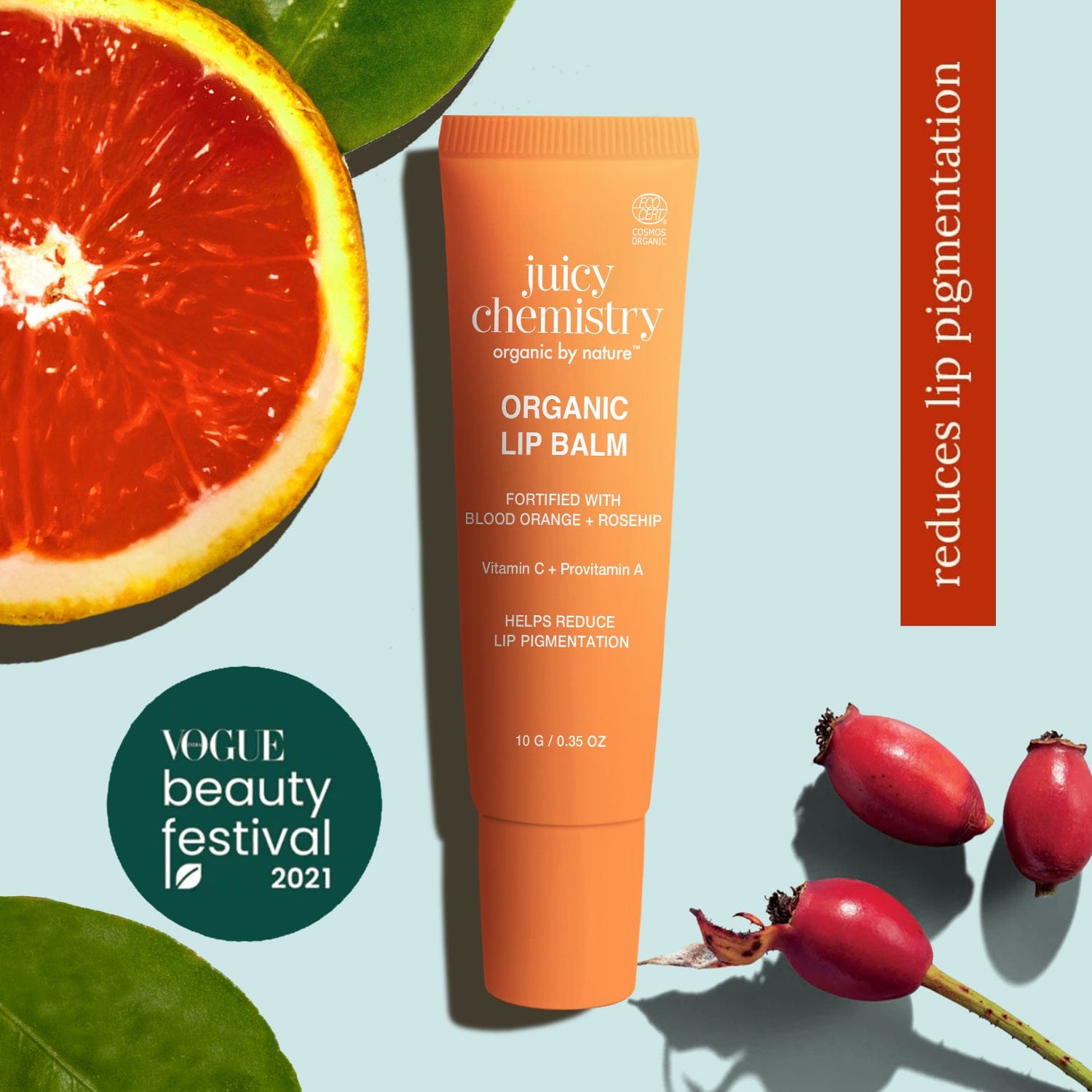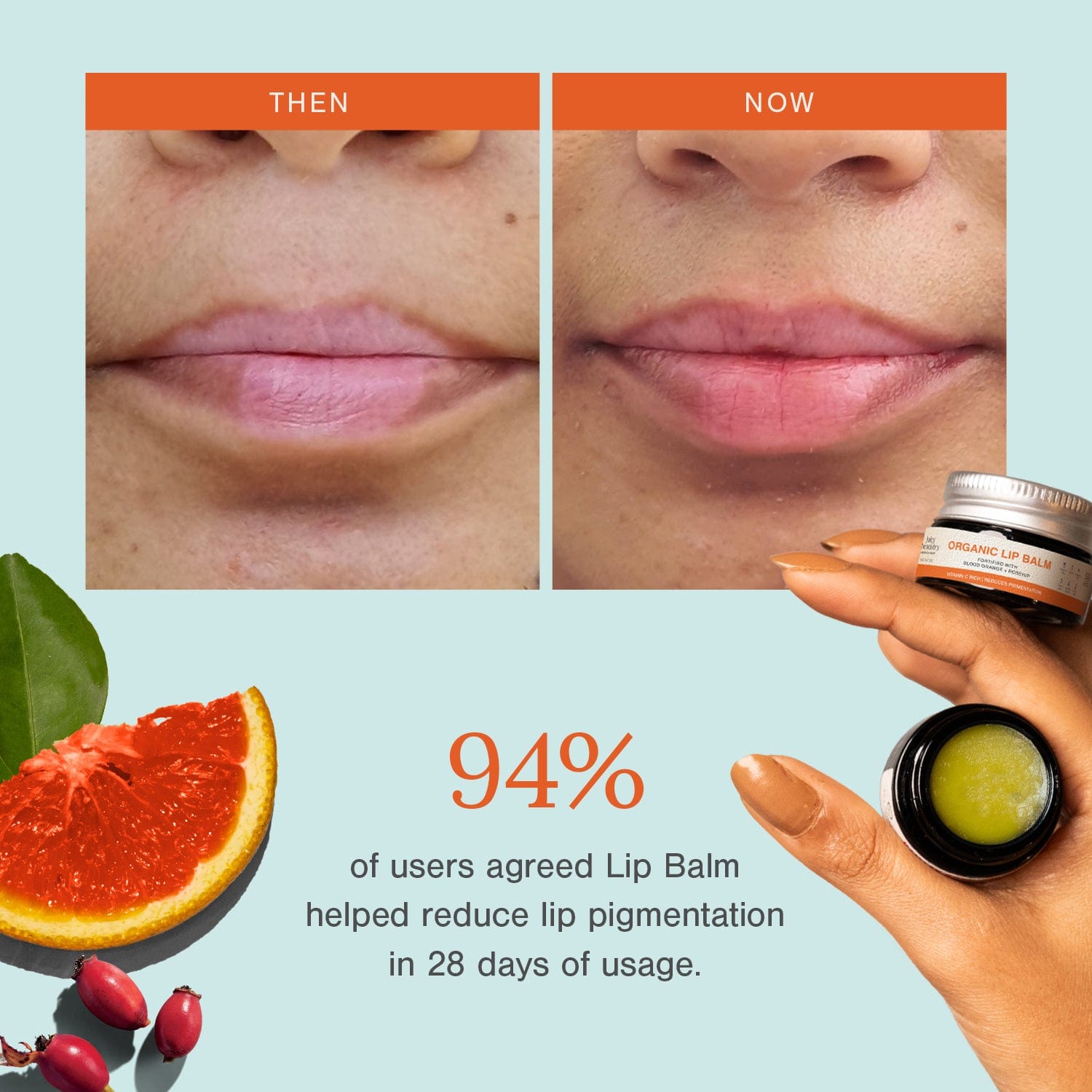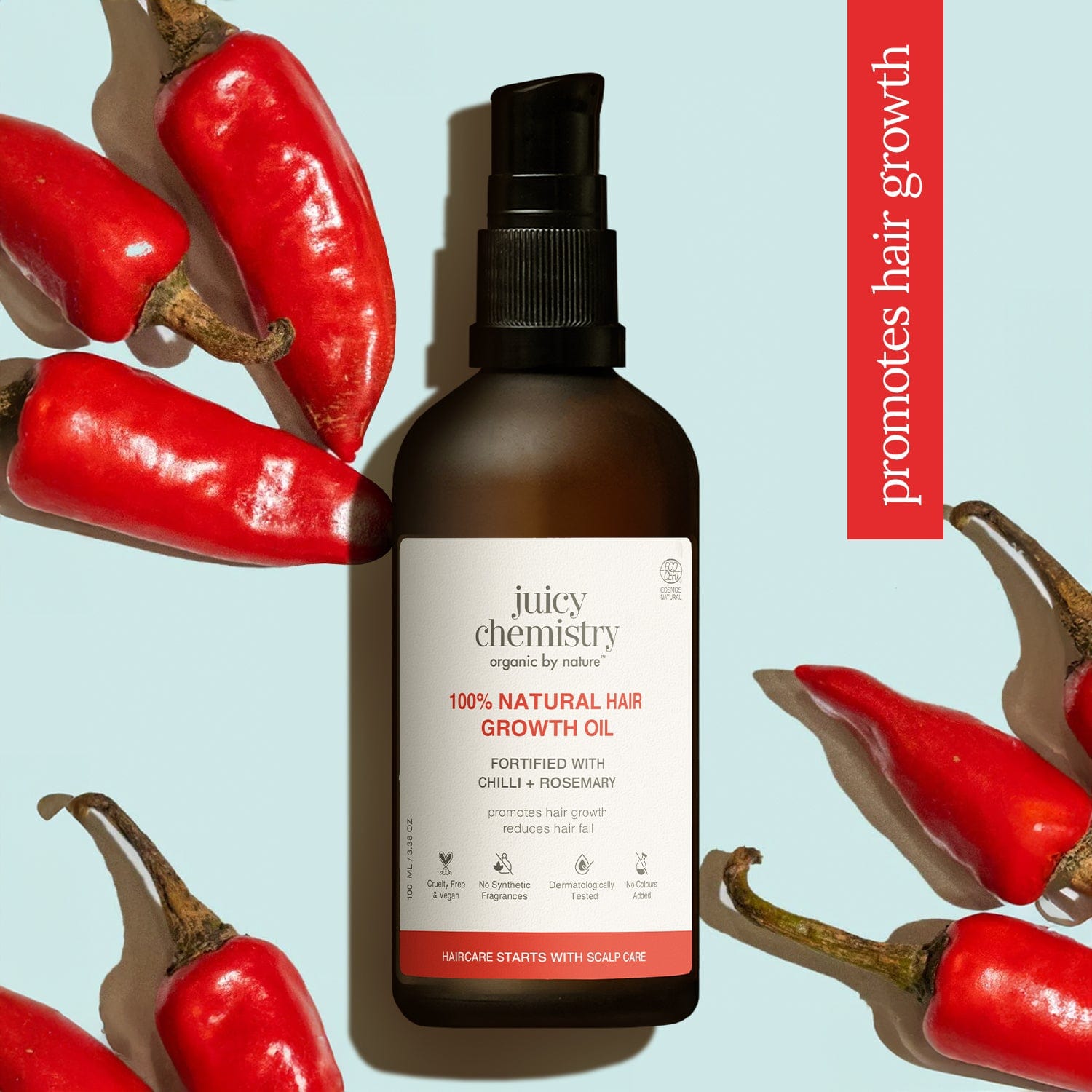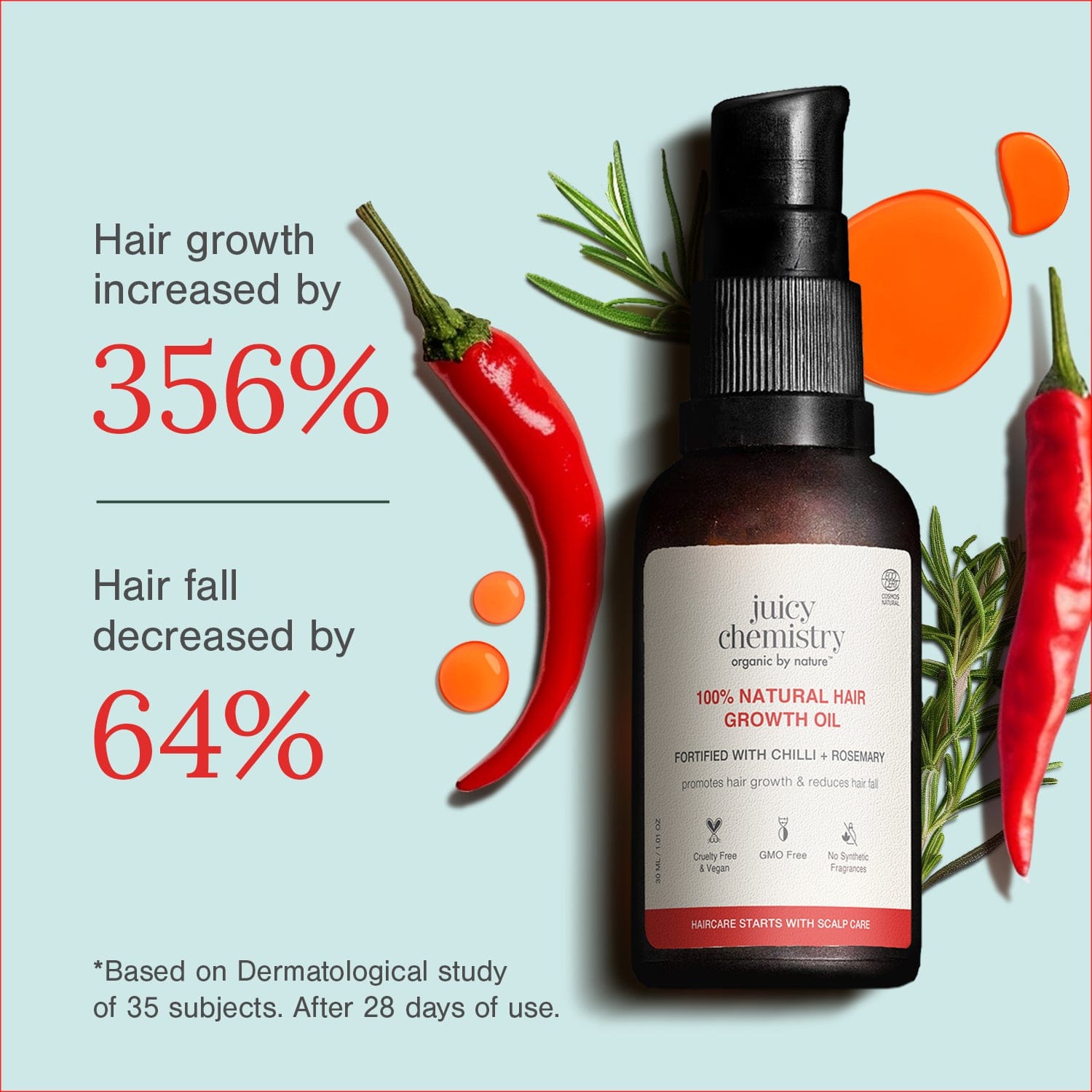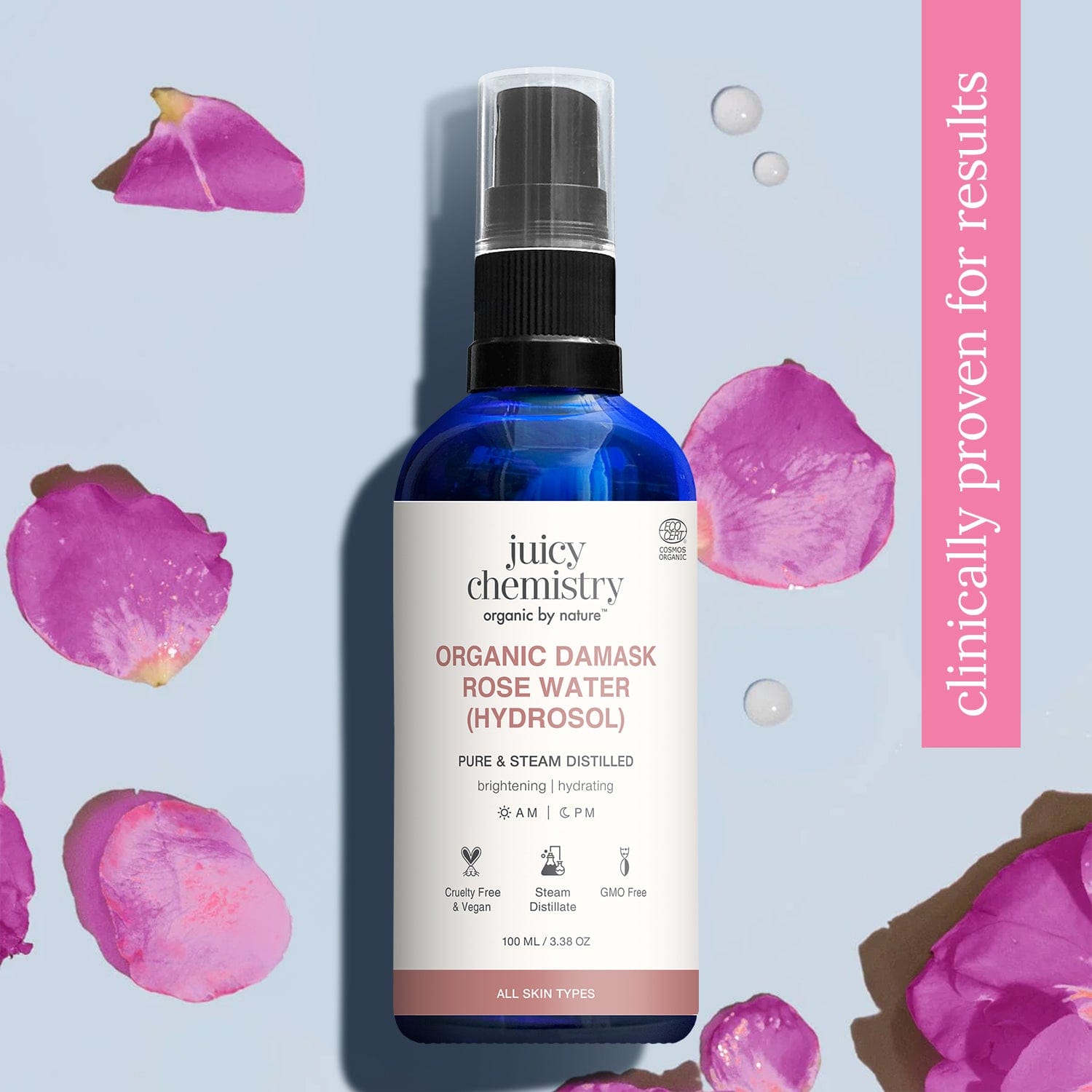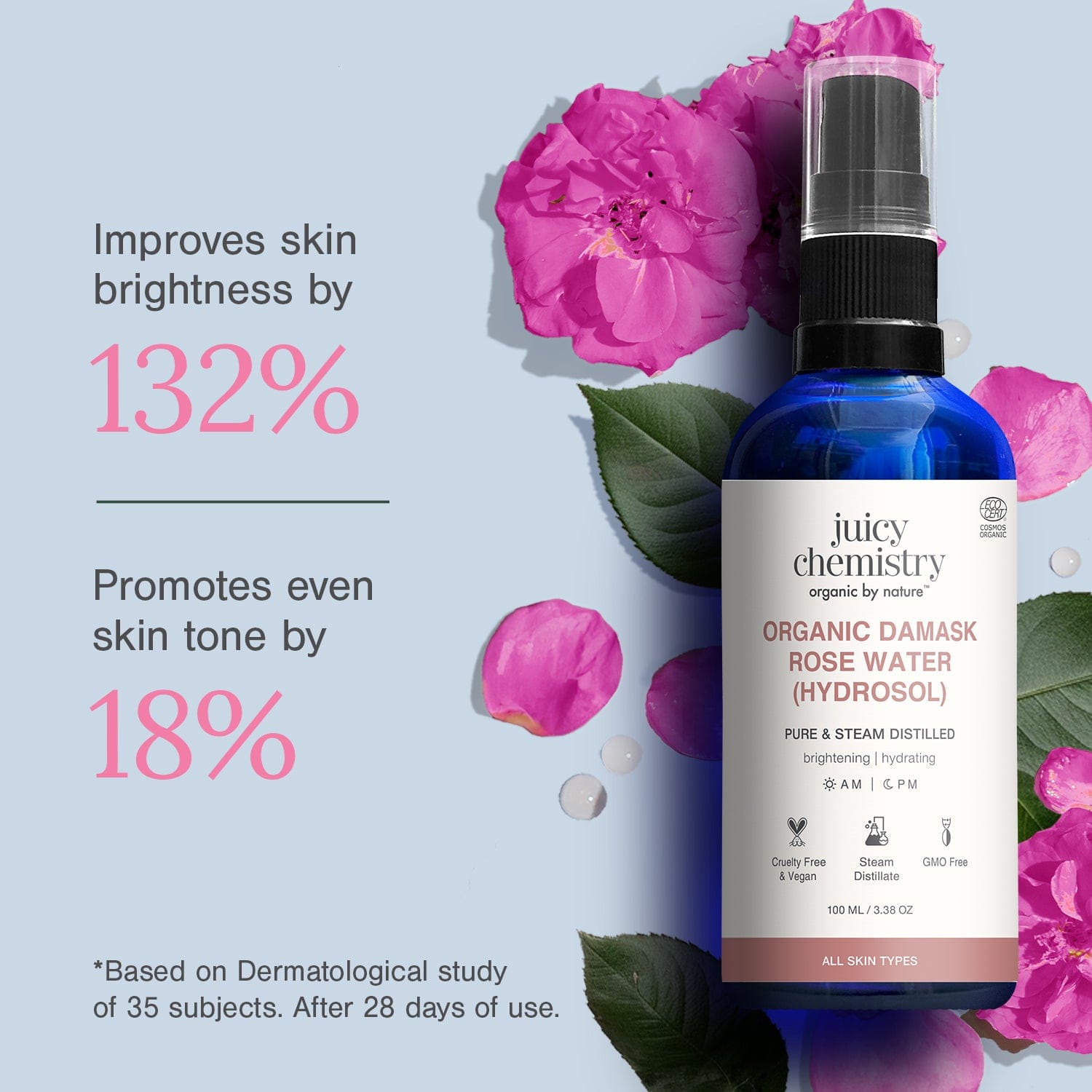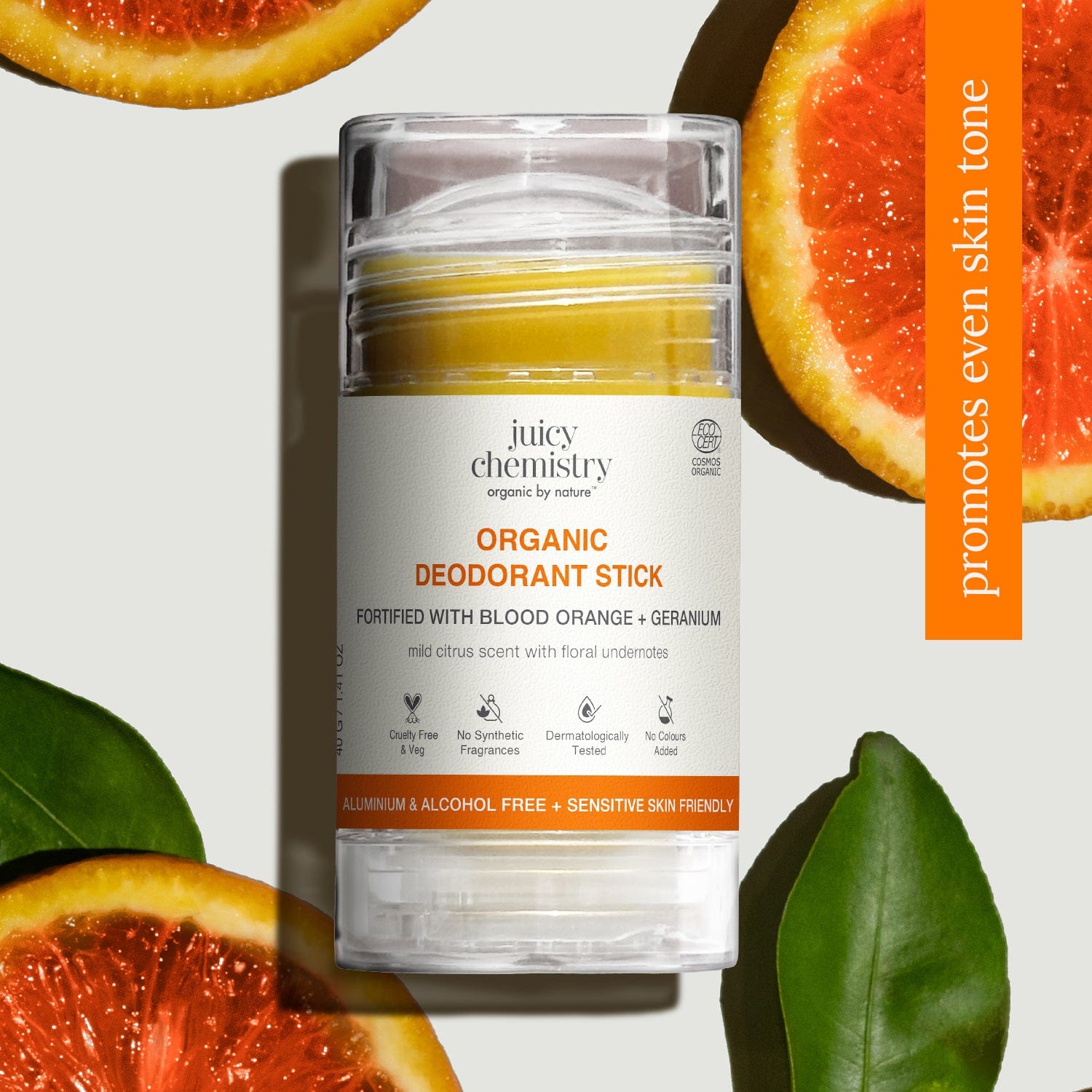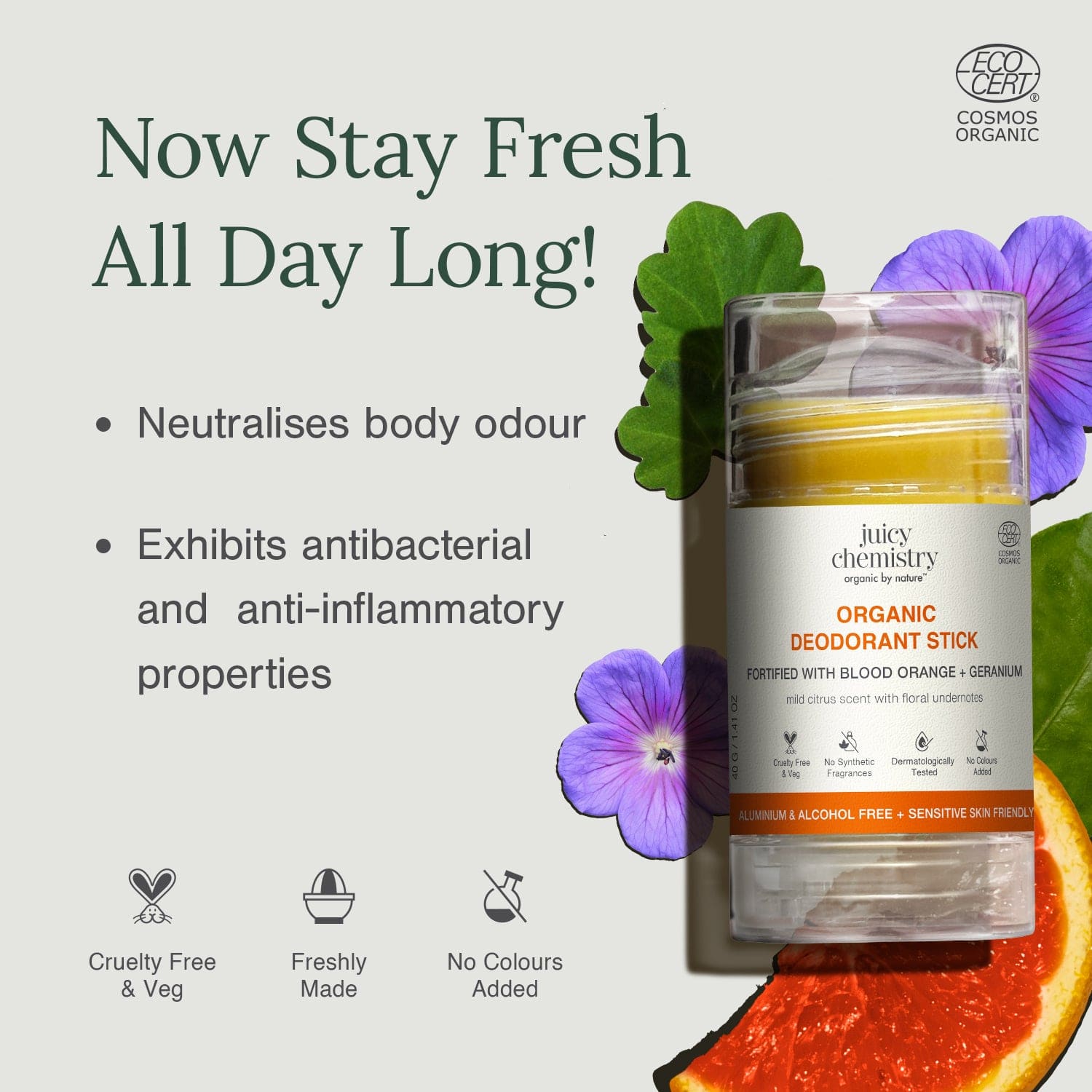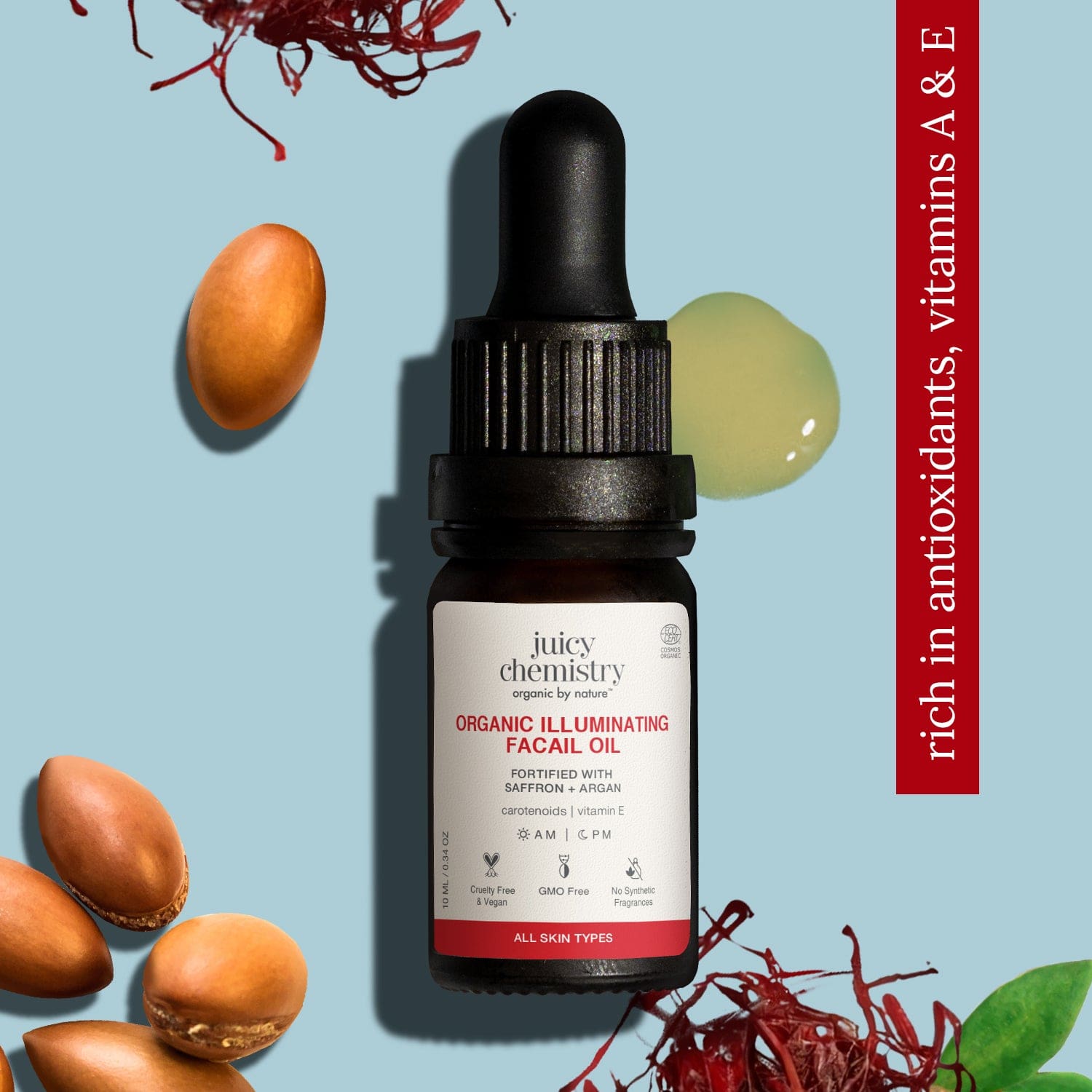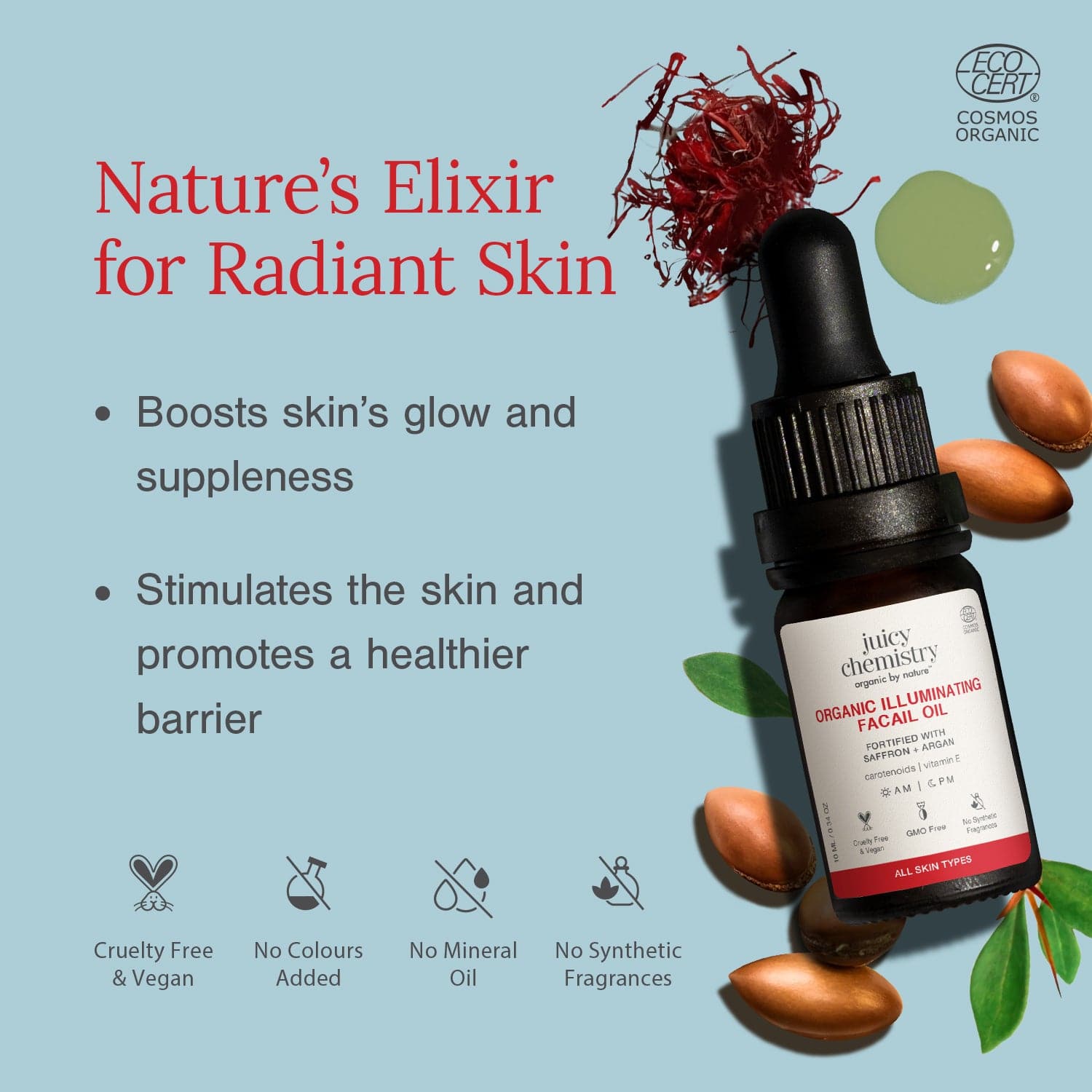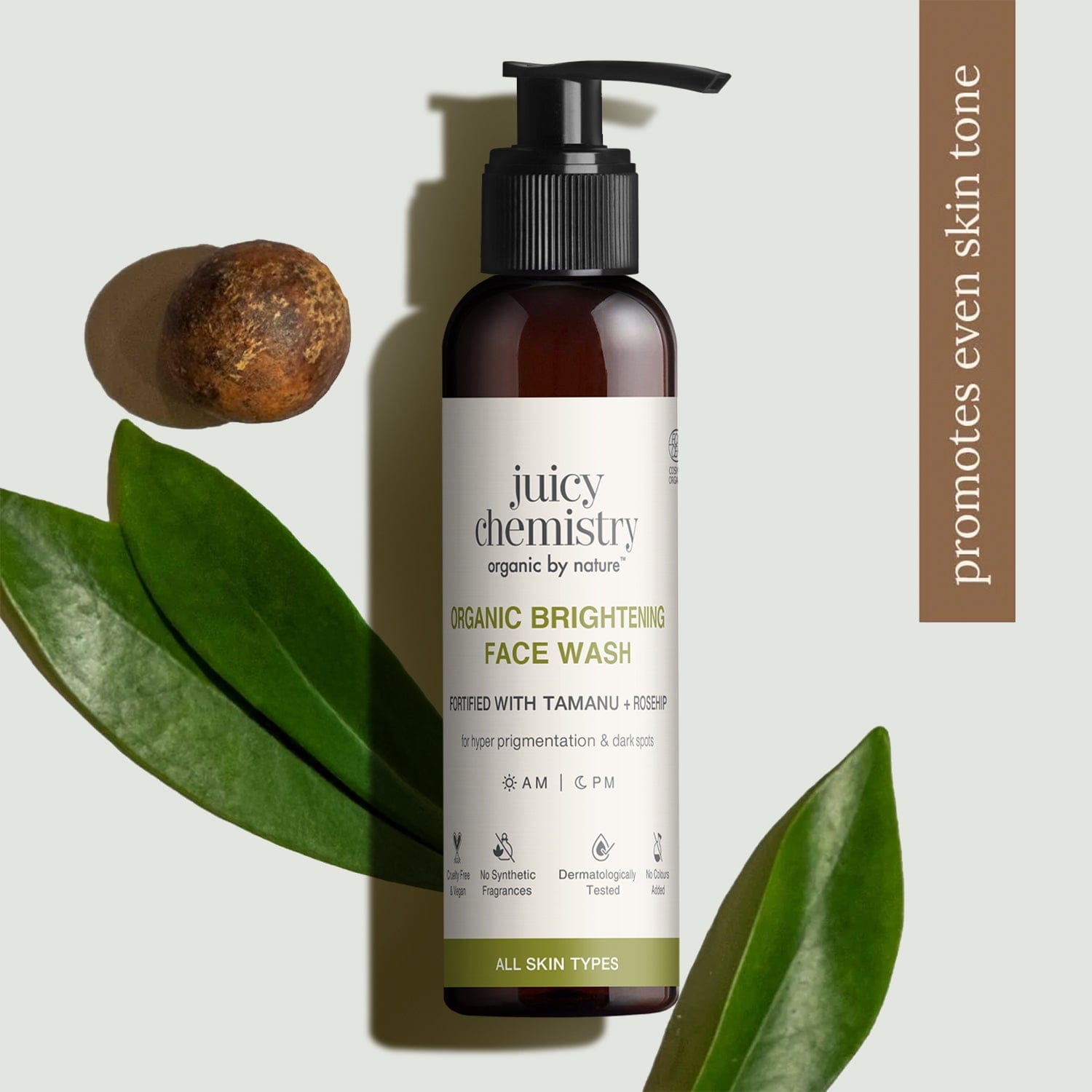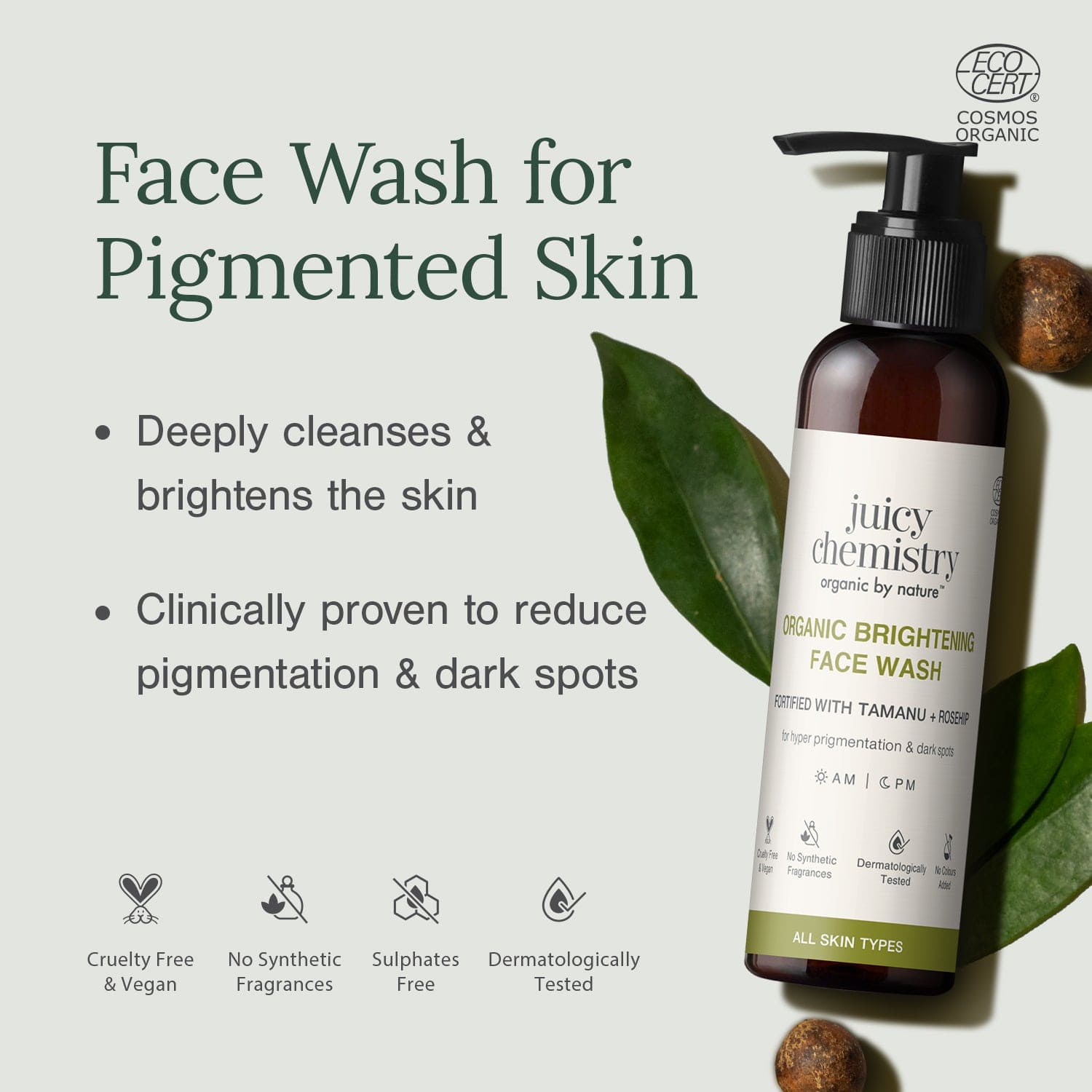All About Exfoliating Acids: AHA vs BHA
May 13, 2025Attaining glowing, smooth, and vibrant skin is a widely shared aspiration. Although there are countless skincare products that claim to deliver these results, exfoliating acids, particularly AHAs (Alpha Hydroxy Acids) and BHAs (Beta Hydroxy Acids), emerge as standout, effective, and thoroughly researched components. These acids function by gently breaking down the connections between dead skin cells, unveiling the fresher, more luminous skin beneath. This article will explore the realm of exfoliating acids, examining the distinctions between AHAs and BHAs, their unique advantages, and how to seamlessly integrate them into your skincare regimen for the best outcomes.
What Exactly Are Exfoliating Acids?
Exfoliating acids are chemical exfoliants designed to eliminate dead skin cells from both the surface and deeper layers of your skin. Unlike physical scrubs that manually scrub away dead skin, these chemical exfoliants utilize acids to dissolve the connections that hold those cells together. This method encourages cell turnover, resulting in a smoother texture, enhanced skin tone, and a decrease in the visibility of fine lines, wrinkles, and blemishes.
AHA vs. BHA – What Sets Them Apart?
The primary distinction between AHAs and BHAs is their solubility and their interaction with the skin:
AHAs (Alpha Hydroxy Acids): These water-soluble acids are sourced from natural ingredients such as sugar cane, milk, or fruits. They mainly operate on the skin's surface, making them particularly effective for addressing issues like dryness, sun damage, and fine lines.
BHAs (Beta Hydroxy Acids): These oil-soluble acids, with salicylic acid being the most prevalent example, can penetrate deeper into the pores. This makes them especially beneficial for oily, acne-prone skin, as they assist in unclogging pores and alleviating inflammation.
AHA: Varieties and Advantages
AHAs provide a variety of benefits for different skin issues. Here are some common types along with their specific benefits:
- Glycolic Acid: Sourced from sugar cane, glycolic acid has the smallest molecular size among AHAs, allowing for easy penetration into the skin. It is highly effective for exfoliating, diminishing fine lines, and enhancing skin texture.
- Lactic Acid: Derived from milk, lactic acid is a gentler AHA that is suitable for sensitive skin. It exfoliates softly while also providing hydration.
- Mandelic Acid: Extracted from bitter almonds, mandelic acid has a larger molecular size, making it milder than glycolic acid. It is appropriate for sensitive skin and can assist with hyperpigmentation and acne.
- Tartaric Acid: Found in grapes, tartaric acid can help brighten the skin and create a more even skin tone.
- Citric Acid: Sourced from citrus fruits, citric acid is utilized to brighten skin, exfoliate, and balance the pH of products.
Advantages of AHAs:
- Enhanced Skin Texture: AHAs smooth out rough skin and promote a more uniform texture.
- Diminished Fine Lines and Wrinkles: By stimulating collagen production, AHAs can reduce the visibility of aging signs.
- Brighter Skin Tone: AHAs assist in fading dark spots and hyperpigmentation, revealing a more radiant complexion.
- Increased Hydration: Certain AHAs, such as lactic acid, possess humectant properties that draw moisture to the skin.
How to Integrate AHA into Your Routine
- Begin Gradually: Start by using an AHA product once or twice a week to gauge your skin's tolerance.
- Select the Right Product: Choose a product with a concentration that suits your skin type and concerns.
- Apply at Night: Since AHAs can heighten sun sensitivity, it is advisable to use them in your nighttime skincare routine.
- Follow with Hydration: After applying an AHA, use a moisturizer to maintain skin hydration and prevent dryness.
BHA: Varieties and Advantages
BHAs are oil-soluble acids renowned for their ability to exfoliate within the pores, making them ideal for oily and acne-prone skin.
- Salicylic Acid: The most common BHA, salicylic acid is derived from willow bark. It penetrates deeply into pores to dissolve oil and dead skin cells, helping to avert breakouts.
- Betaine Salicylate: A gentler alternative to salicylic acid, betaine salicylate provides similar exfoliating benefits with reduced irritation.
Advantages of BHAs:
- Acne Treatment and Prevention: BHAs unclog pores, reducing blackheads, whiteheads, and acne breakouts.
- Oil Regulation: BHAs help control sebum production, minimizing shine and preventing clogged pores.
- Reduced Inflammation: BHAs possess anti-inflammatory properties that soothe irritated and inflamed skin.
- Exfoliation: BHAs exfoliate both the skin's surface and within the pores, resulting in a thorough cleanse and smoother texture.
How to Integrate BHA into Your Routine
- Begin Gradually: Introduce BHA slowly, starting with once or twice a week.
- Use as a Targeted Treatment: For specific acne treatment, apply BHA directly to blemishes.
- Apply Before Other Products: Use BHA after cleansing and before applying other serums or moisturizers.
- Monitor for Dryness: Since BHAs can be drying, adjust the frequency of use if you experience excessive dryness or irritation.
Should You Use Both or Just One?
Whether to use both AHAs and BHAs depends on your skin type and specific concerns.
One at a Time: If you have sensitive or dry skin, it is advisable to stick to one type of acid at a time to prevent irritation. AHAs are generally more suitable for dry skin, while BHAs are better for oily or acne-prone skin.
Both: If your skin can handle it, you can use both AHAs and BHAs to address multiple concerns. For instance, you might use an AHA to enhance skin texture and a BHA to manage acne.
How to Use Them Together
If you decide to use both AHAs and BHAs, consider these recommendations:
- Alternate Days: Use an AHA one night and a BHA the next to minimize irritation.
- Use in Different Products: Incorporate AHAs in your cleanser or serum and BHAs in your toner or spot treatment.
- Start with BHA: Apply BHA first, allowing it to penetrate the pores, followed by the AHA.
- Monitor Your Skin: Keep a close eye on how your skin reacts and adjust the frequency or intensity of use as necessary.
Frequently Asked Questions
-
Can I use AHA or BHA if I have sensitive skin?
Yes, but begin with a low concentration and use it sparingly. Opt for gentler options like lactic acid (AHA) or betaine salicylate (BHA).
-
Can I use AHA/BHA alongside retinol?
It is generally not advisable to use them together in the same routine, as this can lead to irritation. If you wish to use both, alternate nights or apply them at different times of the day.
-
What side effects might occur from using exfoliating acids?
Potential side effects include redness, dryness, peeling, and increased sun sensitivity. Always apply sunscreen when using exfoliating acids.
-
How long does it take to see results?
Results can vary based on the individual and the product, but you can typically start noticing improvements in skin texture and tone within a few weeks of consistent use.

